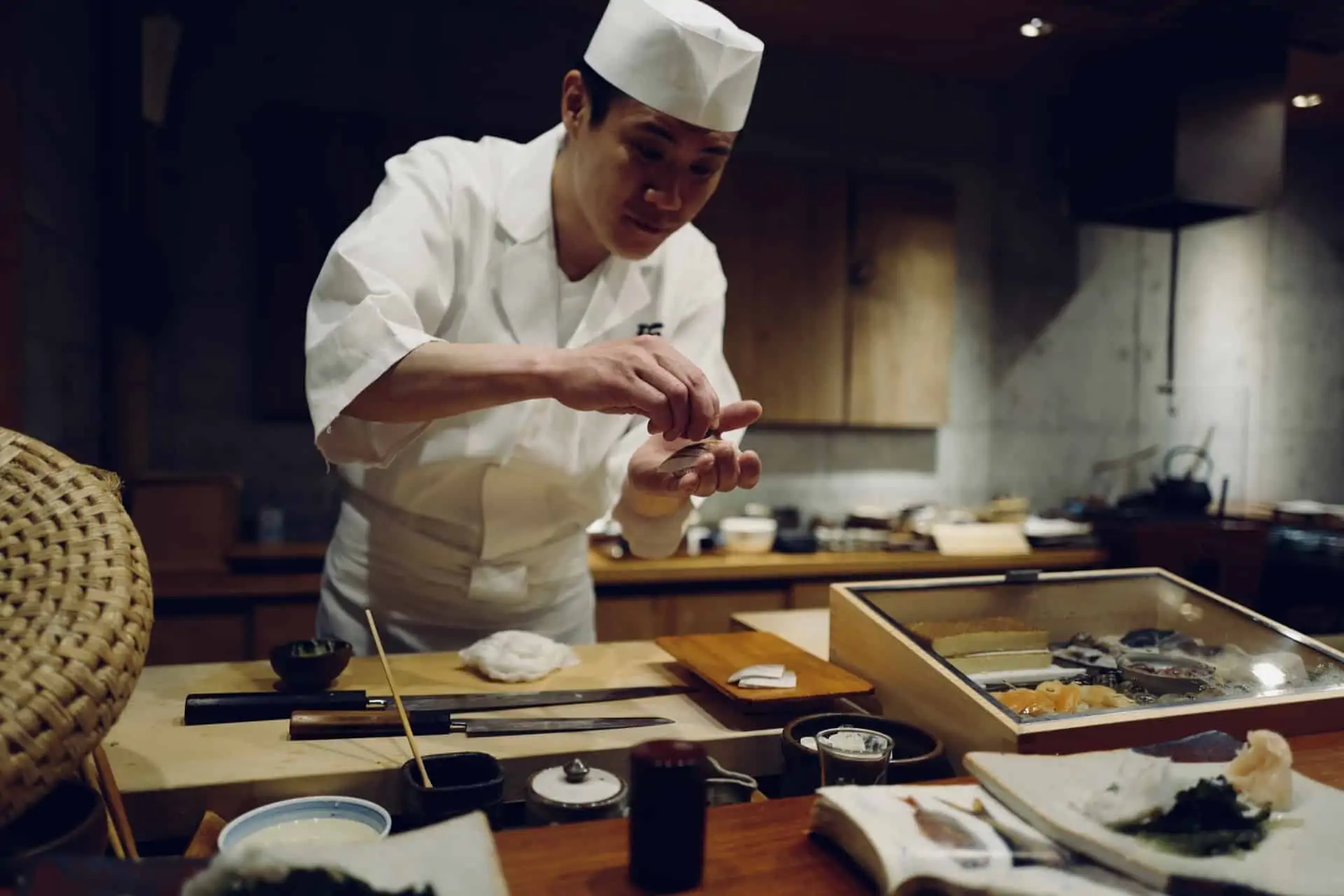For every person, food is not only a daily need. We eat because we enjoy discovering new flavors, and tasting the food we eat for the first time. Japanese cuisine is gaining more and more popularity and this is quite logical since Japan has the largest percentage of long-livers. The most important rules that prevail in the Japanese diet are naturalness and freshness. The Japanese consume a small number of spices, eat raw fish and seafood. Read more about their eating habits in the post.
1) Focus on the Eating Process
For locals, it is important not only what they eat, but also how this process takes place. Eating as well as cooking is a whole ritual for them. They can boil their dishes or cook with the help of a blue carbon steel wok, which one can find on https://yosukata.com/blue-carbon-steel-woks/. These pans allow keeping a maximum of vitamins in the dish. The Japanese eat slowly, so they never overeat. Thus, they give the body time to send information about satisfying appetite to the brain.
2) Education for Children
From early childhood, the Japanese teach children a conscious attitude to nutrition. The school curriculum schedule includes lessons on proper nutrition. In Japanese elementary schools, the lunch break is usually 45 minutes long, and the lunch system has a special name – “kyushoku”. Schoolchildren are having lunch in class with teachers.
3) Balanced Diet
Japanese food intake contains products from different groups. The basics of this diet are very simple. The products are divided into six categories:
- Red meat, poultry, fish, eggs, tofu products are protein;
- Milk and fermented milk products, small fish that can be eaten whole – calcium;
- Yellow and green vegetables – carotene and other vitamins and minerals;
- Other vegetables and fruits – Vitamin C and other vitamins and minerals;
- Grains, potatoes, bread are carbohydrates;
- Nut and seed oils, nuts and seeds are fats;
Meals prepared daily must contain a minimum of two products from each category. Additionally, two more products from categories 3 and 4. This is the minimum to ensure a balanced diet.
4) Diversity
The Japanese diet is very balanced because it combines vegetables, fish, meat, and cereals. The history of Japanese cuisine is associated with its geographical location: Japan is an island surrounded on all sides by the sea, and most of the country is located in mountainous terrain. This is why Japanese cuisine is rich in fish, seafood, and forest products. Japan is also famous for its rice production and consumption, and the first rice fields appeared in Japan around the 5th century BC.
5) Fresh Food
The basis of Japanese cuisine is made up of healthy, very fresh products, especially from the sea. This cuisine is very closely related to nature and seasonality. Nature is the main source of inspiration for this cuisine. The Japanese love simple, authentic scents. They do not use a lot of spices, which allows appreciating the pure taste of the dish.

